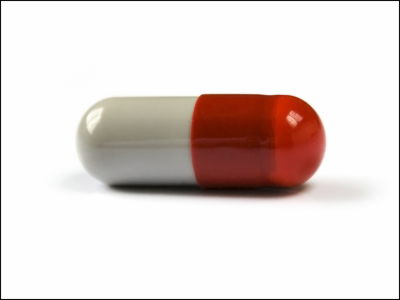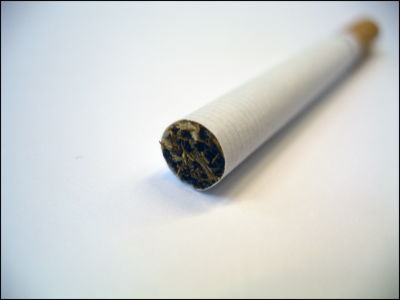90% of drugs under development cannot break through clinical trials

Even if a new drug is developed in a laboratory or a pharmaceutical company, it cannot be commercialized immediately, and it is necessary to go through many trials before passing through clinical trials and obtaining approval from the authorities. Professor Duxin Sun of the University of Michigan College of Pharmacy explains the difficulty of breaking through clinical trials.
90% of drugs fail clinical trials – here's one way researchers can select better drug candidates
A successful drug requires 10 to 15 years and about $ 1 billion (about 110 billion yen). Despite spending so much time and money, 90% of the drugs under clinical trials are not able to adequately treat the target disease or have too strong side effects, so many new drug candidates are It seems that it will fail without proceeding to the approval stage.
Sun points out that drug development has gone through a classic process over the last few decades. Until now, researchers have been developing drugs using the method of 'starting by finding the molecular target that causes the disease, narrowing down the drugs that act on the molecular target from various compounds, and optimizing them in the laboratory.' It was said that.

In drug optimization, 'it acts strongly on the target molecule without affecting molecules other than the target' and 'it is absorbed and transported through the blood and acts as intended in the target organ' 2 Development is done with an emphasis on points. Only when this optimization criterion is met will the reagent proceed to efficacy and safety testing. Efficacy and safety tests are conducted in animals first, followed by clinical trials in humans.
Even after clearing clinical trials, only about 10% can get regulatory approval. According to
Due to the low breakthrough rate of clinical trials, Sun says, 'The optimization methods that researchers are doing may not be the best.'

“The arrival of a drug under development in clinical trials is a major event for pharmaceutical companies and academic institutions developing new drugs, but the years of effort and resources spent delivering them to patients It's a shame that it often ends in failure. By improving the process of drug optimization and selection, it may be possible to significantly increase the probability that a drug will pass a clinical trial. By its very nature, achieving a 90% success rate may not be easy, but even modest improvements can significantly reduce the cost and time it takes to find a cure for the disease. You can do it. '
Related Posts:
in Science, Posted by log1i_yk







